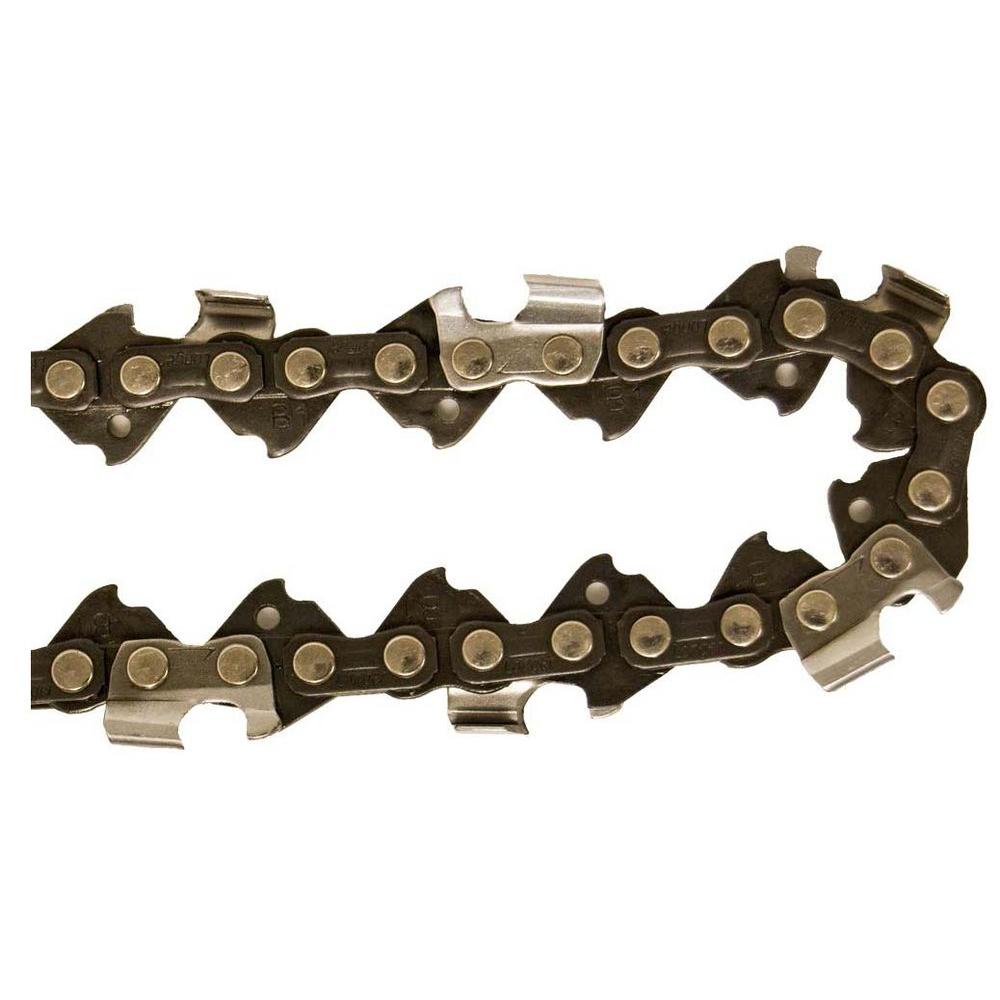Troubleshooting: Chainsaw Chain Not Rotating Around the Bar
A chainsaw is not simply less effective with a slow-moving chain. If it isn’t fixed, the saw could sustain more harm.
If the chain brake is engaged, the chain tension is too high, the clutch pads are worn, or the bar and chain are not adequately lubricated, the chainsaw will not spin or move.
The saw must be turned off, the spark plug boot removed, and the bar and chain allowed to come to a complete stop before inspection can begin. Protect your hands by donning thick safety gloves and always remembering to adhere to the manual’s safety guidelines.

Before diagnosing, repairing, or operating, be sure you’ve read and understood all of the safety recommendations in the equipment’s operator’s manual.If you are unsure about how to proceed or if you lack the necessary expertise or experience, you should seek the assistance of a professional.
Table of Contents
Causes of a Stuck or Unmoving Chainsaw Chain
A Chainsaw with Its Brake Engaged
A chainsaw’s handle will have a plastic guard installed in front of it to protect your hand. When the saw kicks back up, the user is protected by this protection.
When this occurs, the chain brake will activate and prevent any further rotation of the chain. When pushed forward, it also prevents the chain from moving.
Make sure the chain brake isn’t engaged because the hand guard was moved forward. It’s possible that you pushed it forward inadvertently, stopping the chain. To release the brake, move the guard to the back and pull it.
Chainsaw with no Bar and Chain Oil
It is important to keep the bar and chain oiled so that friction and heat don’t build up and hinder the chain’s rotation around the bar.
Run your chainsaw at about half to three-quarters throttle while holding it about a foot above the ground to make sure there is enough oil on the bar. After 30 seconds, you should see a line of oil dripping off the bar and onto the ground. This would be a sign of enough lubrication.
Check the bar’s condition and the oil route for obstructions if lubrication is lacking. Replace a damaged guide bar and clean the oil passageway.
Premium bar and chain oil, such as that made by STIHL, Husqvarna, or ECHO, should be used to keep the bar and chain running smoothly.
Always remember to add more bar and chain oil when you refuel your vehicle. Keep in mind that if you don’t keep an eye on your oil level, you could run out of chain oil long before it’s time to fill up the gas tank.
Bar and Chain Oil Changes with Ambient Temperature
- Oil that thickens and becomes tacky in the cold should be diluted for use in the winter. Oils marketed as low-temperature oil or winter bar and chain oil are worth investigating.
- Typical temperature-appropriate weight
The Chainsaw’s Chain is Tightened Up Too Much
The chain will gradually lengthen with use and will need to be adjusted frequently. Too much tension on the chain prevents it from circling the bar.
Make sure the chainsaw chain is not too tight by adjusting the tension adjuster:
- Pull the wire from the spark plug.
- Release the chain’s tension.
- Remove the cover from the clutch and chain brake by loosening the nuts holding the bar in place.
- Keep the bar’s nose in the air.
- To relax the chain, turn the tensioning screw counterclockwise, and to tighten it, turn it in the opposite direction.
- Hold the bar nose up until the desired tension is reached, and then tighten the bar holding nuts.
The chain should be wrapped tightly around the bar, yet should be free to slide along it. Avoid having it dangle loosely from the guiding bar.
A Chainsaw with Worn Clutch Pads
Over time, the clutch pads may become worn. This prevents them from turning the chain via the clutch drum. It’s time to get a new clutch assembly.
Causes of a Chainsaw’s Low RPM Chain
A Chainsaw’s Carburetor Requires Fine-Tuning
When the chainsaw is not in use, the chain should not wiggle. If yours does, you’ll need to make some changes to the saw’s settings, so the chain won’t spin.
The ratio of fuel to air can be fine-tuned using the carburetor’s adjusting screws. The “idle screw” is one of the adjusting mechanisms and controls the idle speed of the chain.
Turn the screw counterclockwise until the chain stops moving at idle to adjust the idle speed. Turn another quarter turn.
Broken Chainsaw Due to Worn Clutch Springs
The clutch weights on a chainsaw use springs to retract while the saw is not in use. The weights make contact with the drum as a result of centrifugal force generated by the rotating engine. The chain moves along the bar as the drum rotates.
The clutch weights should stop moving when the engine speed drops since the spring retracts them. If the chain keeps on shifting, it could be because the spring is worn and in need of replacement.






